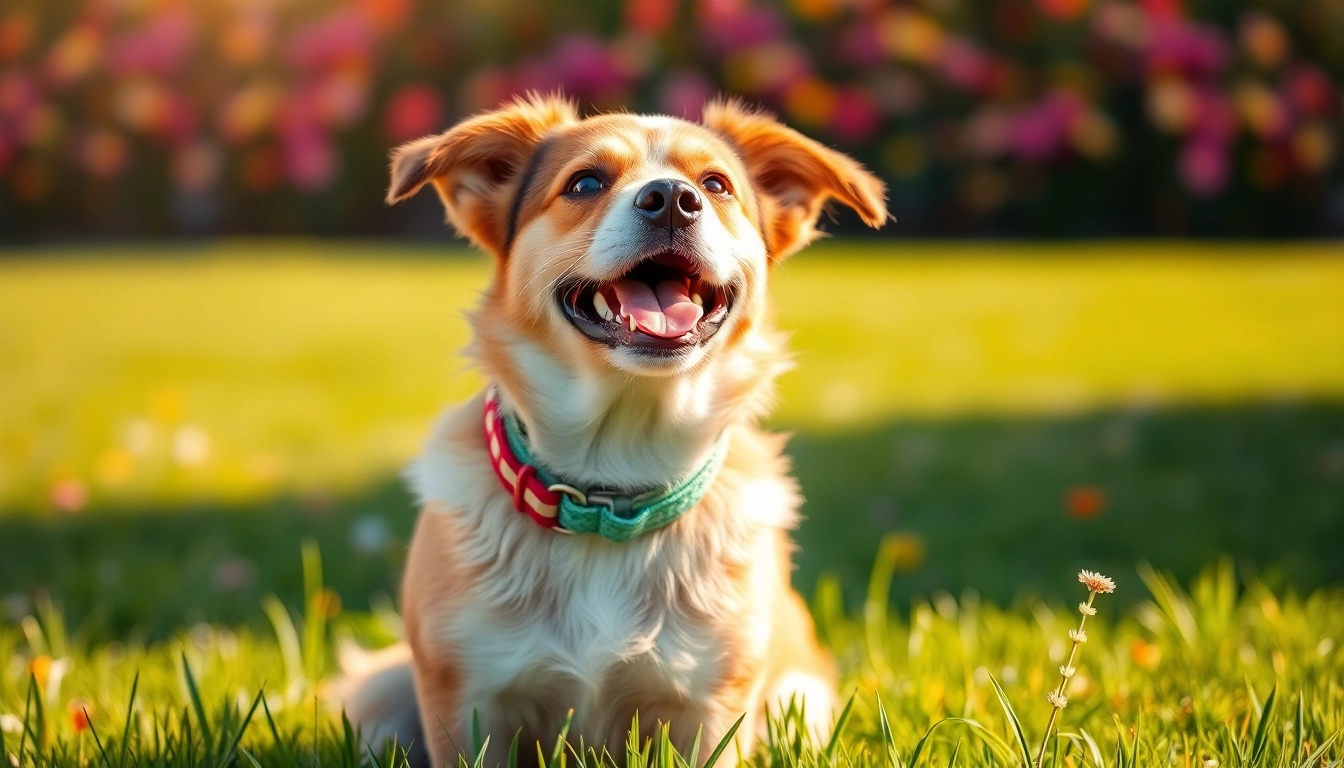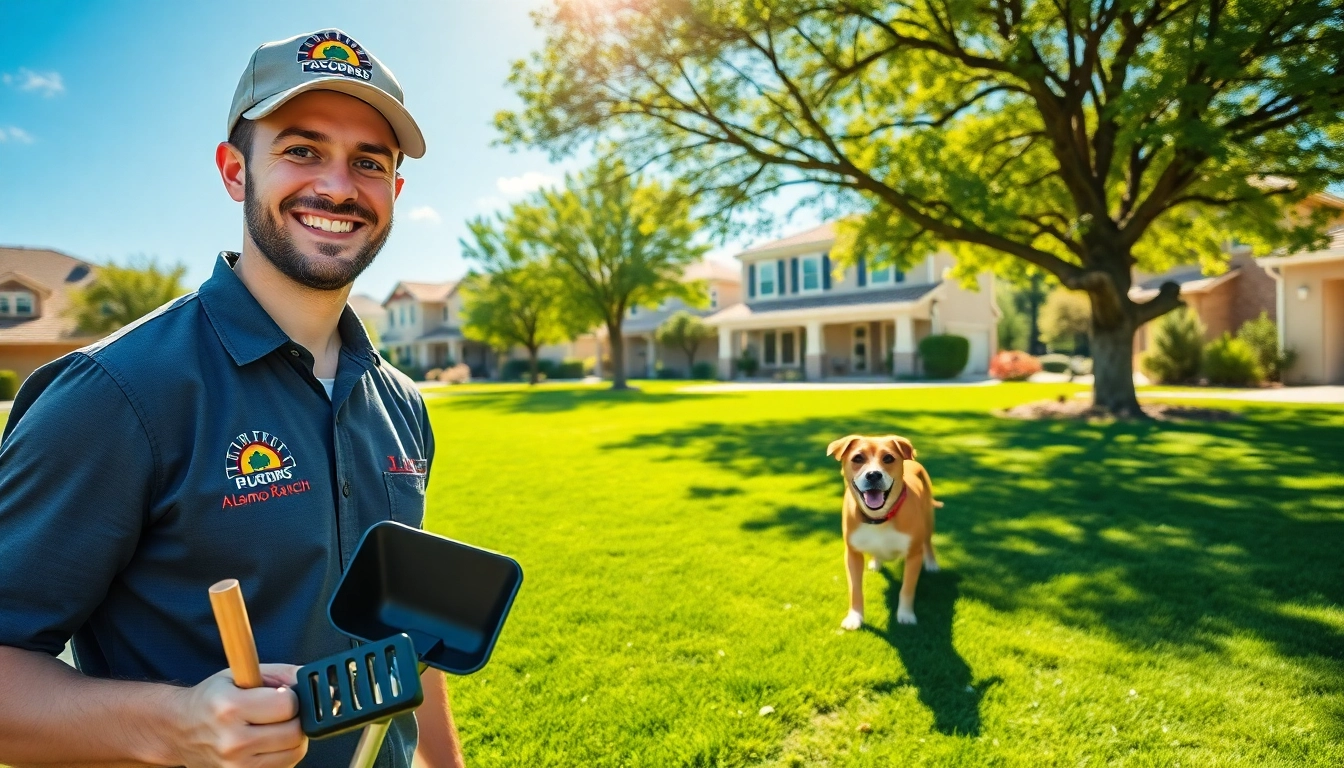Understanding Dog Collars: Types and Their Uses
The selection of a collar for your dog is a critical decision that influences both their comfort and safety. With an array of types available, understanding their different features and purposes is essential for any dog owner. A suitable collar on dog not only ensures your pet’s safety but also enhances your ability to control their behavior while walking or training.
1. Basic Types of Dog Collars
Dog collars are available in various styles, each catering to specific needs:
- Flat Collars: These are the most common type of collar, typically made of nylon or leather. They come with a buckle and a D-ring for attaching IDs and leashes. Flat collars are suitable for everyday use.
- Martingale Collars: Designed for dogs with necks broader than their heads, martingale collars prevent slipping while still being gentle. They tighten slightly under tension, providing better control without choking.
- Head Collars: These collars redirect a dog’s attention by controlling their head movements, making them a popular choice for training strong pullers.
- Choke Collars: Though controversial, choke collars are designed for training. They should only be used by experienced owners to avoid injury.
- Training Collars: Including electronic and prong collars, these are used primarily for behavioral training. They deliver mild corrections; however, they require careful handling to avoid misuse.
2. Choosing the Right Size for Your Dog
Selecting the proper size collar is crucial for your dog’s safety and comfort. An ill-fitting collar can result in choking or slipping off.
To find the right size, measure the circumference of your dog’s neck, leaving enough room for two fingers underneath. Ensure the collar fits snugly but not tightly, allowing for comfort while walking or playing.
3. Special Features to Consider
Modern collars often include special features that enhance their functionality:
- Reflective Materials: These collars are designed for visibility at night, ensuring safety during evening walks.
- Breakaway Collars: Ideal for outdoor dogs, these collars release if they get caught on something, preventing choking hazards.
- Smart Collars: Integrated with technology to track GPS locations, monitor fitness levels, or provide training feedback, smart collars represent an emerging trend in canine care.
Benefits of Proper Collars on Dogs
1. Safety and Control
A well-chosen collar significantly enhances the safety of your dog. Flat collars allow you to attach ID tags, which are vital if your dog escapes. On the other hand, more specialized collars like martingale or head collars offer greater control over your dog’s movements, providing immediate feedback during walks or training.
2. Identification and Smart Features
Identification is paramount for pet ownership. Collars can hold tags that display your name, contact information, and other essential details. Smart collars add another layer of safety by using GPS technology to track your dog’s location in real-time, alerting you immediately if they wander beyond a pre-set range.
3. Comfort and Fit
Comfort should never be an afterthought when selecting collars. Dogs, like humans, can experience discomfort from overly tight or poorly designed collars. Choose materials that are soft yet durable, allowing your dog to wear them without irritation.
How to Measure Your Dog for a Collar
1. Tools Needed for Accurate Measurement
Measuring your dog for a collar requires minimal tools:
- A flexible measuring tape
- A pen and paper for note-taking
2. Step-by-step Measurement Guide
Follow these steps to ensure accurate measurement:
- Wrap the measuring tape around the thickest part of your dog’s neck.
- Note the measurement, ensuring you can fit two fingers underneath the tape for comfort.
- Consider your dog’s grooming habits; if they have thick fur, it’s wise to measure again while fur is more pronounced.
3. Common Mistakes to Avoid
A few common mistakes can lead to incorrect collar sizing:
- Measuring over fur can give you an inaccurate size.
- Failing to account for growth, especially in puppies, can lead to frequent replacements of collars.
- Overly tight collars can cause injury, while loose collars can slip off.
Care and Maintenance of Dog Collars
1. Cleaning Techniques for Different Materials
Collar maintenance ensures longevity and hygiene:
- Nylon Collars: Wash with mild soap and water, scrubbing gently with a soft brush.
- Leather Collars: Wipe clean with a damp cloth and condition with leather oil to prevent cracking.
- Metal Collars: Remove debris with a cloth and use metal polish if necessary to prevent rust.
2. When to Replace a Collar
Familiarize yourself with signs indicating that a collar needs replacing. If a collar begins to fray, crack, or show other signs of deterioration, it should be replaced immediately to prevent accidents.
3. Signs of Wear to Watch For
Regularly inspect your dog’s collar for:
- Faded colors or overstretched elasticity in stretchy collars
- Signs of rash or irritation on your dog’s neck, which could indicate an ill-fitting or worn collar
- Pitting or discoloration in metal collars which may signal rusting or degradation
Trendy Collars for Dogs in 2023
1. Popular Colors and Patterns
This year, trends in dog collars lean towards vibrant colors and playful patterns. Earth tones paired with floral designs are popular, as are neon colors for visibility at night. Fun patterns like polka dots, geometric shapes, and seasonal themes can reflect your dog’s personality.
2. Eco-friendly Options
With sustainability becoming an increasing concern, many brands are now offering eco-friendly collars made from recycled materials or organic fabrics. Choosing these options not only benefits your dog but also contributes positively to the planet.
3. Customizable Collars for Individual Style
Personalization in collars has gained traction, allowing dog owners to select colors, patterns, and even engrave their dog’s name or contact details. Custom collars can reflect your dog’s unique personality while ensuring their safety.



